What about Star Trek, set it apart from other science fiction television series previously?
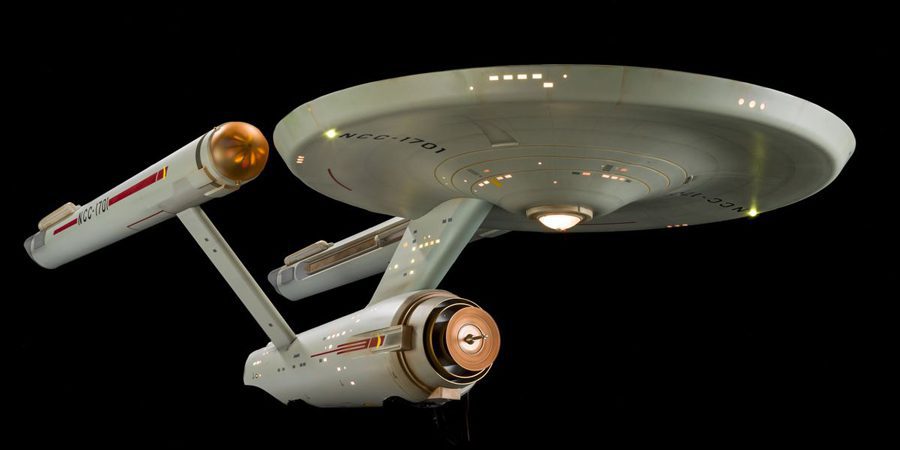
Image courtesy CBS/Paramount
John Trimble: : It was the first serious attempt to do adult sci-fi in a series format on TV. It had serious themes with a continuing cast of characters and (mostly) A-list guest stars. The previous attempts at adult-level sci-fi on TV had been anthology shows (i.e., Twilight Zone, Tales of Tomorrow, etc.)
John Kirk: Looking at this question from the perspective of growing up, in my childhood, I’d never really seen another science fiction story where the relationships between the characters were more important than the science fiction concepts.
The contemporary sci-fi TV I’d grown up with included a lot of Gerry Anderson stuff (UFO, Space: 1999, Joe 90, Thunderbirds, etc.) focused on the tech or the flamboyance of the design. I think everybody remembers “Thunderbirds ARE GO!”
Kirk, Spock and McCoy became the ideal group of friends in my mind. McCoy’s sage wisdom, Spock’s quest for acceptance and Kirk as the focal point of this triumvirate was reinforced by their loyalty to each other. Whatever problem one of these characters faced not only belonged to each other but was solved as a team. The technology was secondary to the human drama.
I think it’s important to note that I recognized this idea at a very young age, which not only speaks to the effectiveness of that storytelling feature but to also how dominant its presence was.
Carol Pinchefsky: Each episode of Star Trek is filled with ideas and ideals…but so was The Twilight Zone. However, The Twilight Zone is episodic, and we never once revisit the characters. Star Trek shows a tight-knit crew who we get to know and love week after week.
Yes, William Shatner made sure that Captain Kirk used most of the oxygen in the room, but we got to know Spock and Dr. McCoy pretty well. I loved the interactions between the three characters. Spock always came down on the side of logic, and McCoy always argued in favor of human emotion, with Kirk balanced out the two and made decisions that saved the day.
And frankly, I love any show where we get to see women working side-by-side with men. Although we didn’t get enough of Uhura onscreen, I don’t know a single show of that era–science fiction or otherwise–where that was true. After all, Star Trek ran during the same era as Bewitched (powerful witch tosses her abilities aside to be a housewife), The Munsters and The Addams Family (happily married albeit kooky housewives) and I Dream of Jeannie <headdesk>.
Rich Handley: A lot has been said about this since the 1970s so I’m not sure I can add anything new to the discussion, but there were several aspects of the show that made it groundbreaking. First, although there were three main stars, it was an ensemble show, and every character had his or her moments to shine. For many sci-fi shows that predated Star Trek, side characters rarely had anything meaningful to do. On most other shows (there were a few exceptions, of course), side characters tended to be there to prop up the main stars. And while it is true that Uhura and Sulu had less to do than the rest of the characters, they still had a place on the show and some truly memorable scenes. Even characters like Rand and Chapel had their spotlight episodes, as well as a prominent presence in other episodes. Kirk, Spock and McCoy may have had the opening credits, and Scotty may have gotten many of the best lines that weren’t theirs, but it was indeed an ensemble series.
Second, it wasn’t just the monsters and lasers and fistfights and spaceships that I tended to see on other science fiction shows. Yes, all of those were present, but this show had something to say–and even as a little kid, I was listening. It’s the same reason I got into Planet of the Apes and The Twilight Zone as a child–because they spoke to me. When I watched “Let That Be Your Last Battlefield,” I understood that Lokai and Bele weren’t just two guys who looked like walking, talking black-and-white bakery cookies. They were a metaphor for the stupidity and arbitrariness of racism and other forms of bigotry. And since I understood that at age seven, I guarantee you other children did as well, which means Star Trek demonstrably made the world a better place.
We grew up having this message of tolerance reinforced every time we saw the episode–and that was just one of seventy-nine, mind you. Thanks to the other seventy-eight, I learned about the futility of war, the importance of seeking out peaceful outcomes, the evils of capitalism and materialism, the dangers of religious dogmatism, and so forth. Granted, this all took place on a show in which the black and Asian characters had little dialogue and most of the women wore clothing designed to show off their curves, so it wasn’t perfect or consistent messaging.
But for the 1960s, the messaging was still pretty remarkable.
Jeff Bond: As a kid the first sci-fi shows I watched were the Irwin Allen shows, Voyage to the Bottom of the Sea and Lost in Space, and The Twilight Zone. The Twilight Zone was an adult show but it was an anthology; Voyage to the Bottom of the Sea was the first major sci-fi show with continuing characters (CW: DC in researching a book I wrote on Irwin Allen, one thing I discovered was that Voyage seemed to have a substantial female fan following: people who nitpicked the show to death on everything from its drama to details about its submarine, and who wrote elaborate fan fiction about it–all things that Star Trek’s fans would later be known for), but Star Trek I think was unique at the time in that it was an adult sci-fi show with continuing characters that it took great pains to explore.
The Irwin Allen shows had their serious moments but they quickly defaulted to action and silliness–they seemed to aim squarely at children and sneak in aspects that would entertain adults, whereas Star Trek aimed at adults and assumed that its colorful sci-fi aspects would naturally attract kids too. Serling’s The Twilight Zone certainly beat it to the punch of tackling moral, political and social issues, but Star Trek had the advantage of three characters that viewers could stick with and view these issues through.
Peter Briggs: Everyone’s being very erudite about this, but the simple thing is that aside from Stingray, Thunderbirds, and the rest, this was probably my first exposure to space opera…so there wasn’t much reference for me! In Britain, the closest thing would have been Gerry Anderson’s UFO which started a year after Trek, and which I also remember watching on first-run (although that’s a tough and weird show to weigh up against anything!) Simply, I can’t compare as there was nothing to compare it to.
It must be mind-boggling to today’s generations with instant access to anything at their fingertips, but we were starved for fantastic viewing back then, and unless you watched the show as it was aired, we had no ability to rewatch it save for waiting for a rerun. Outside of TV showings of Harryhausen movies and things like Forbidden Planet and the George Pal films, we had nothing in Britain. Nothing! Star Trek had weekly starships, phasers, and dodgy alien prosthetics (I especially remember looking out for Balor in the end credits, who’s always fascinated me.) What more could a kid ask?
Bill Cunningham: It was classic pulp adventure mixed with ‘60s and ‘70s idealism and messaging. If you go back to all of the television of the time, you can chart a shift in how social issues were presented. We always had Dragnet to showcase crime and problems, but Star Trek gave us an out. Yes, we were going to have a lot of problems – but we solve them by being open to listening and thinking and not assuming.
Larry Young: The thing I enjoyed about it most as a boy and practically revere as an adult is that Star Trek was never shy about couching Big Ideas in an easy-to-swallow way. It resonates so well because you can enjoy it as action/adventure or as incisive social commentary with the full knowledge that it’s all there ready for the audience as the audience matures. My mother was a Kennedy Democrat and I remember clearly talking with her about whyI was in love with this show so much, and in order to get her attention I said, “Star Trek is the future where Kennedy got two terms” and I haven’t come up with a better reason as to why I like its hopeful aspirations.
Ian Spelling: Even as a kid, I appreciated about Star Trek what I appreciate about it now. It could veer from smart to scary to silly, explore real social and scientific ideas/concepts, tap into drama and action and comedy, and I always loved the camaraderie of the core characters. I never questioned there being a Black woman on the bridge, or a Russian — and that’s the way it should be. It was only later on that I realized how groundbreaking those aspects of it were. Also, as a kid, the styrofoam rocks and fake plants and matte backgrounds never bothered me. I actually thought they were pretty cool. Someone asked me not too long ago which episode do I remember as the one that most affected me. Sure, Edith Keeler dying and the interaction between Kirk, Spock and McCoy in “The CIty on the Edge of Forever” was powerful, but the one that came to mind immediately was “Devil in the Dark.” Inventive, creepy, bits of humor, lots of drama, cool FX, important character relationship development, and that super-cool creature that felt so… real. Still one of my go-to episodes.
Bob Greenberger: Since I was eight or so when I got my first glimpse, my previous exposure to science fiction was limited to Superman comics and the George Reeves series (also airing on WPIX). It was Supermarination and Colonel Bleep and all sorts of kids fare so Star Trek proved incredibly influential when it came to developing my adult sci-fi taste.
I pretty quickly graduated from Lester Del Rey’s The Runaway Robot to works like Asimov’s Mysteries and the Bantam original Star Trek novels.
John E. Price: For me, the beauty of Star Trek is always found in its characters. Sure, there are the plots and allegories and technology, but Star Trek is always at its best when it has characters that resonate with the audience. Other shows may have bigger plots, more incisive political allegories, or flashier special effects, but Star Trek has the characters. Which makes sense: at its heart, Star Trek is a literary endeavor more akin to a Shakespearean play – living and breathing with every line and every look. Its contemporaries flanked it appropriately: The Twilight Zone was a fragile, beautiful piece of art, with each line perfectly crafted to accentuate the whole; Lost in Space was a campy, disposably fun adventure with no consequences and no attachments. And in between was Star Trek – the show with big ideas about humanity buttressed with laughing baby Clint Howard, the show with tense space politics set to the hum of tribbles, and the show with a dashing captain who trusts his life to an alien who looks like the devil. Star Trek is about characters in a way that very few shows had done before or since (including other sequel series). To equate the importance of Star Trek with its special effects is to misunderstand both the role of special effects in storytelling and the importance of Star Trek as a storytelling medium and cultural touchstone. Special effects aren’t aspirational; Star Trek is.
(Continue Reading)




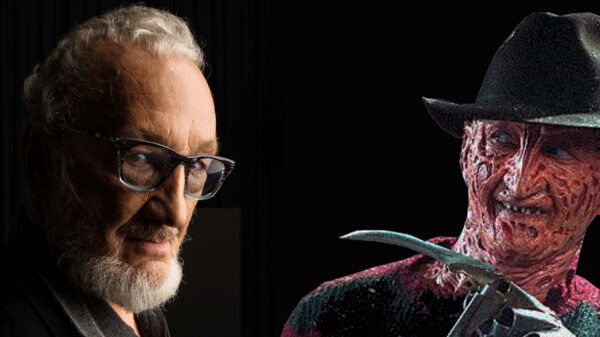
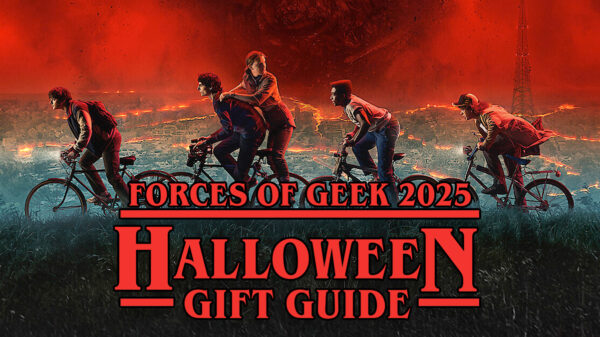
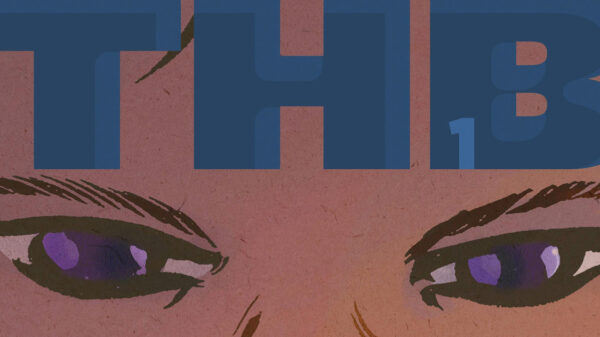

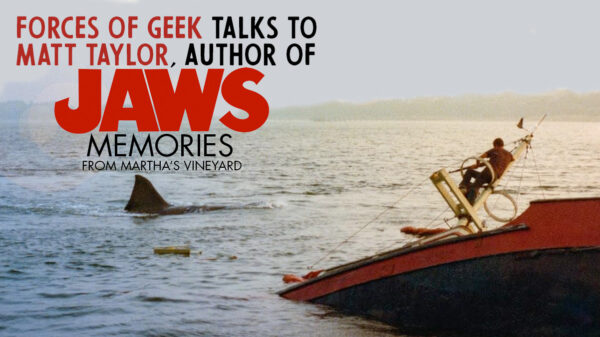
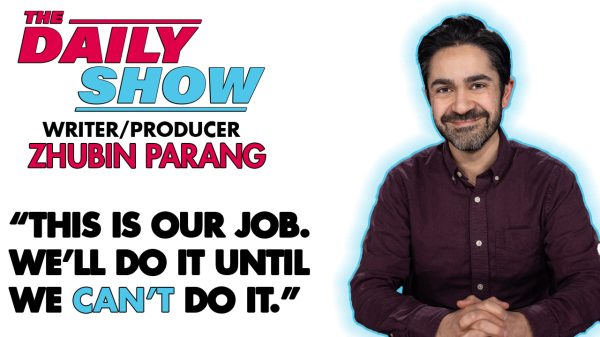
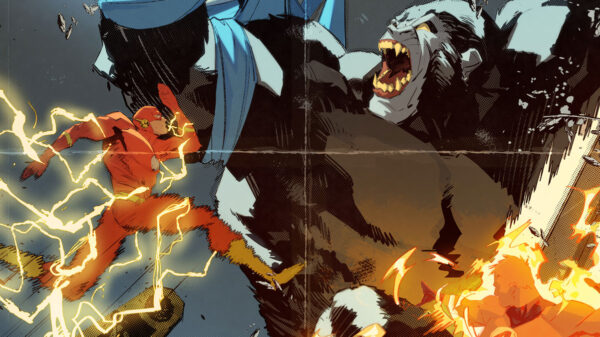
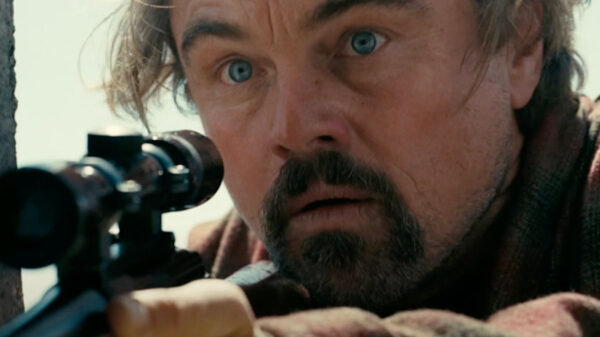
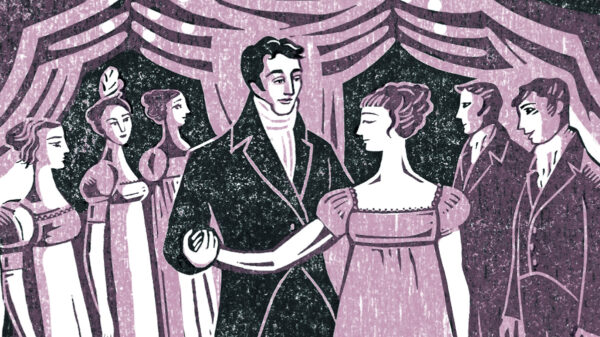
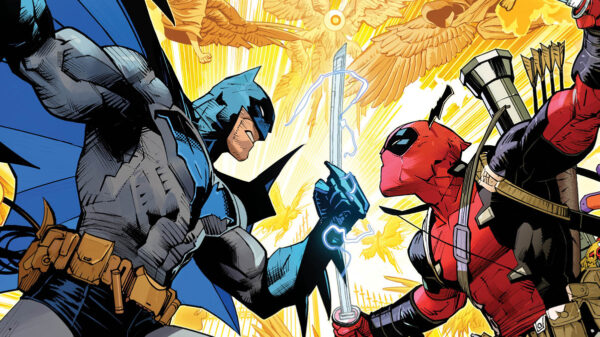
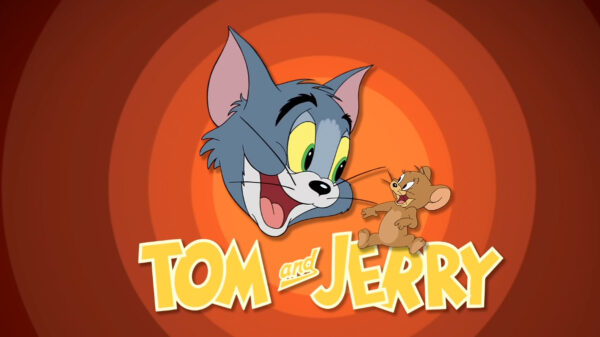



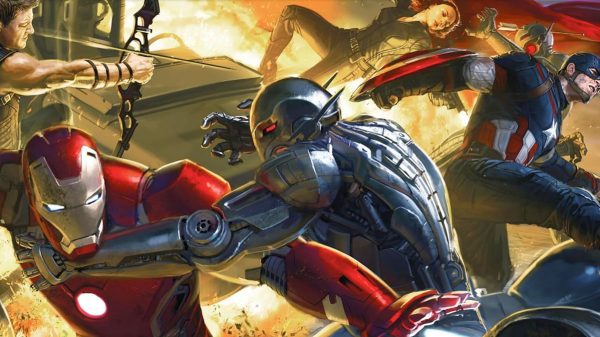

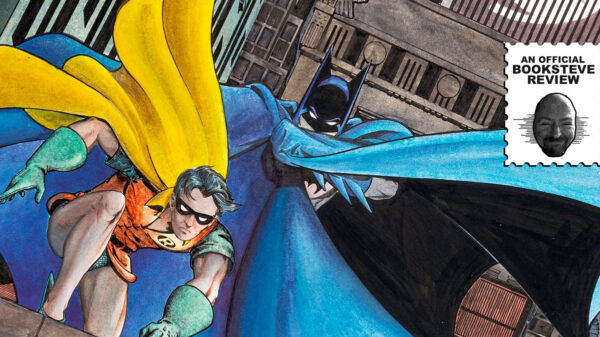
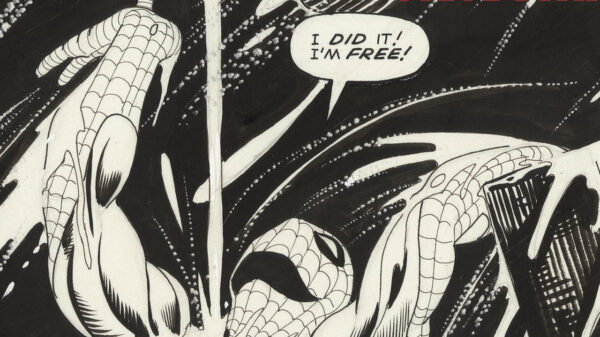
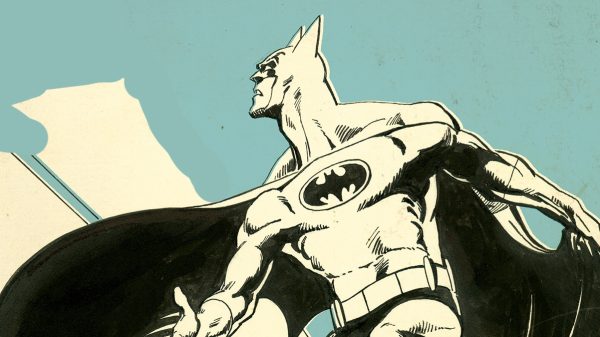

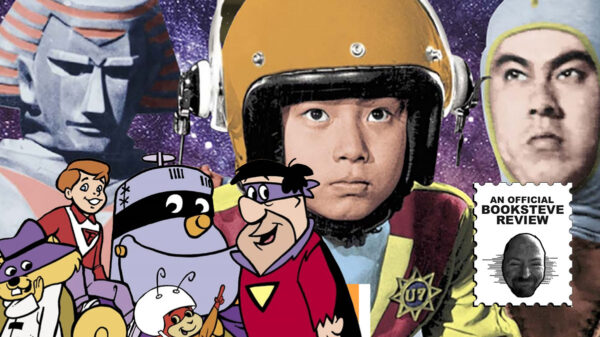
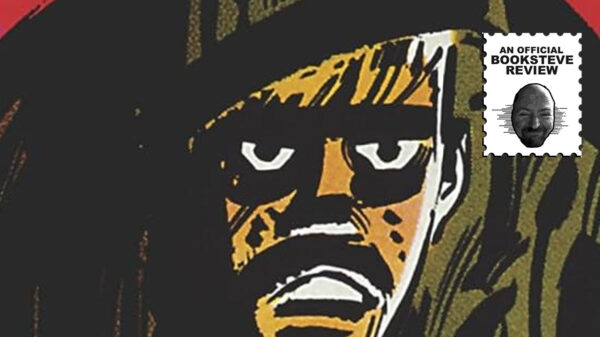
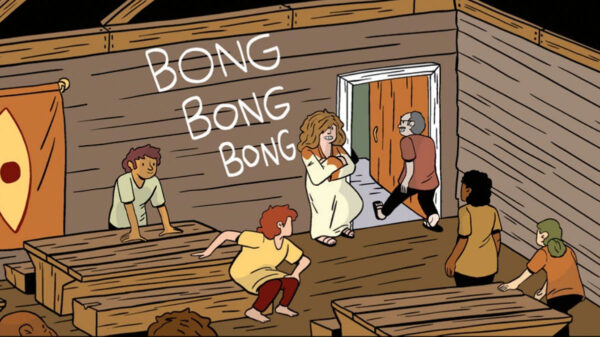
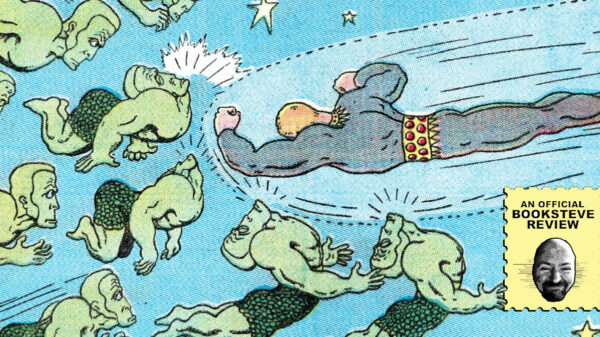
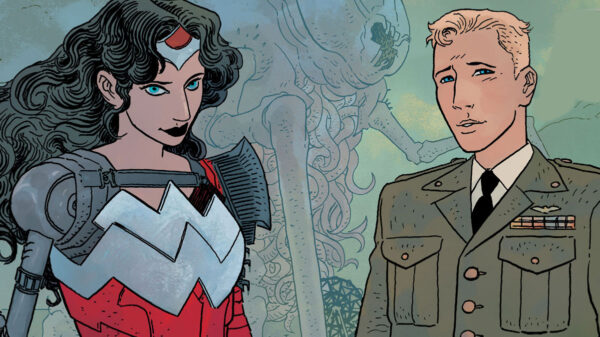




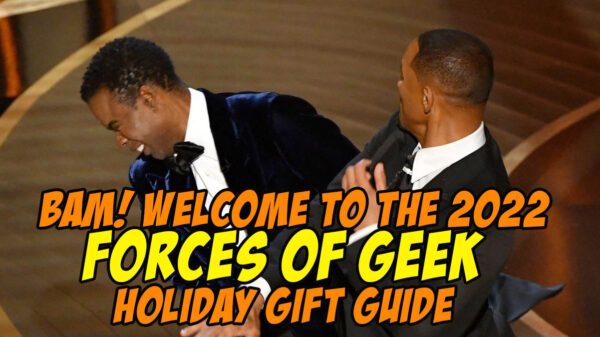




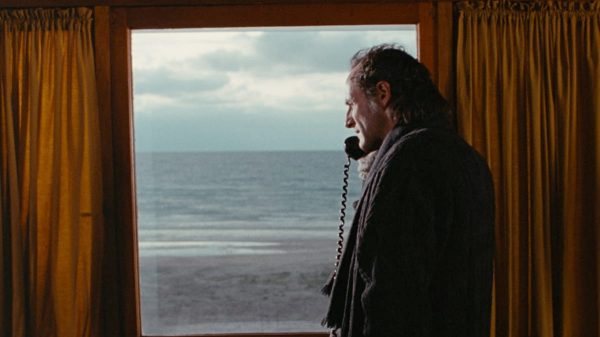
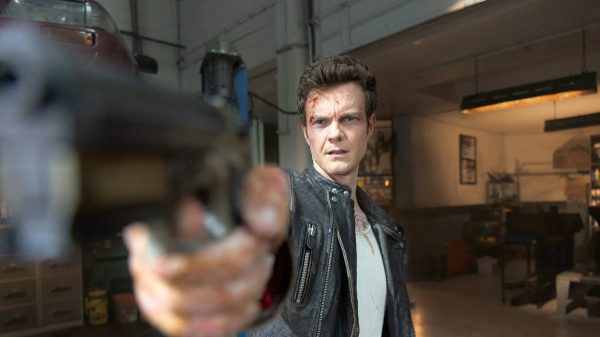
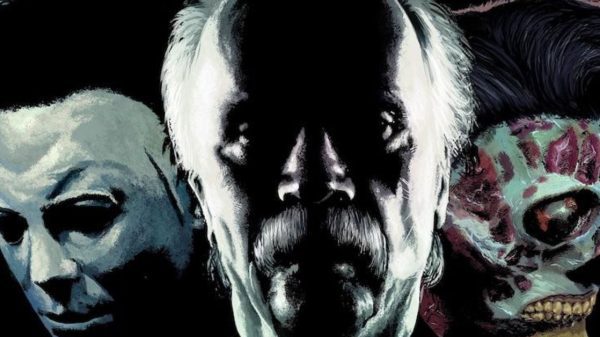
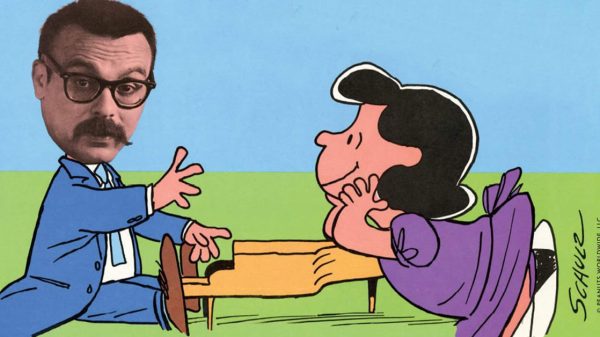
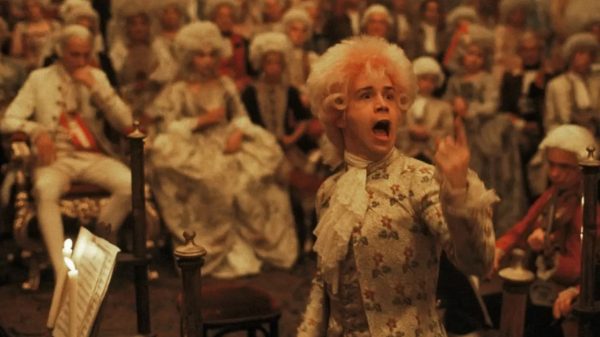












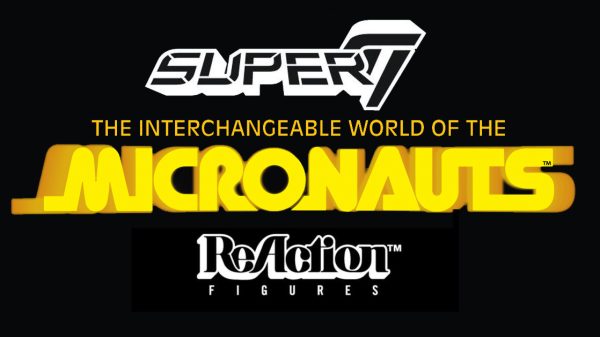
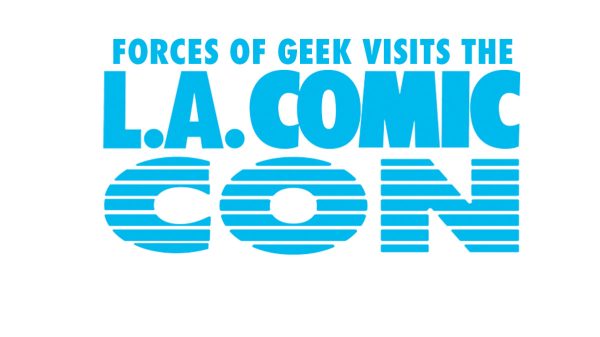
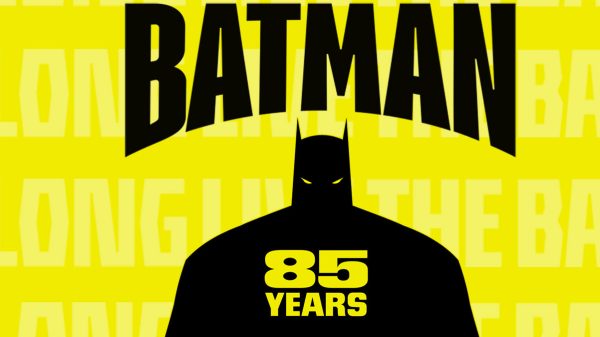


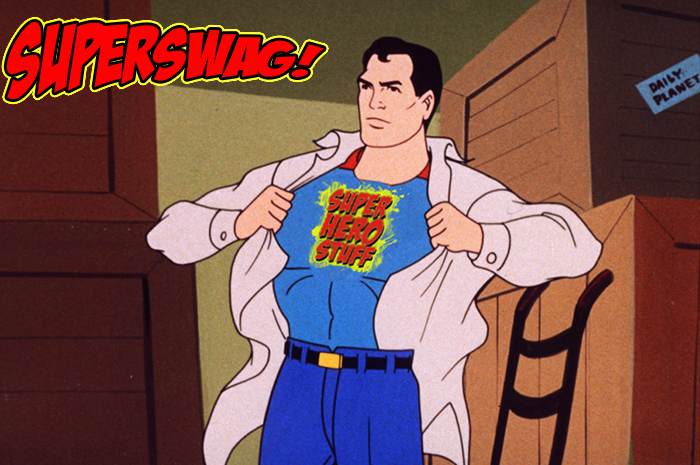

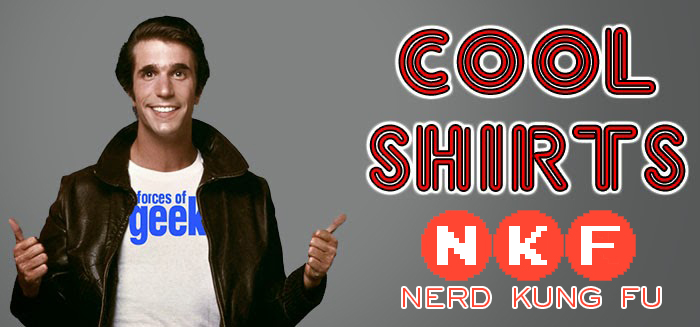
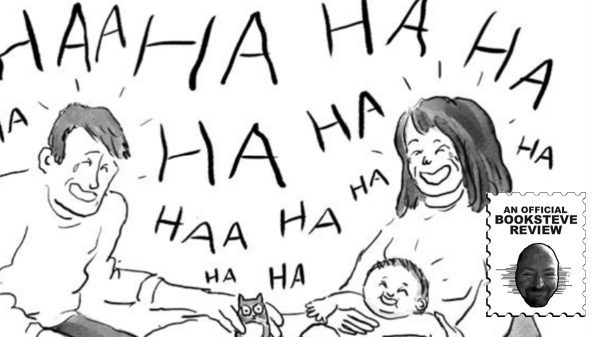



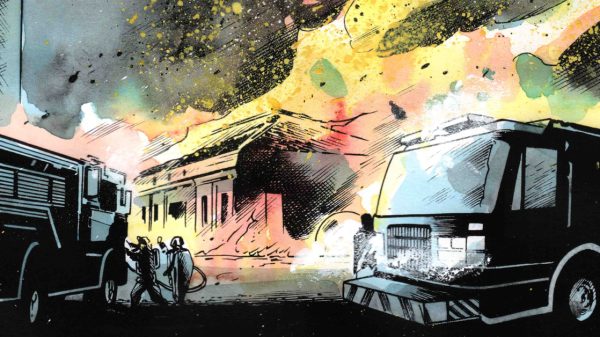




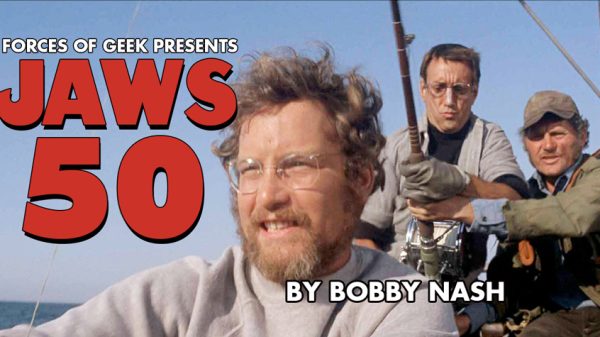









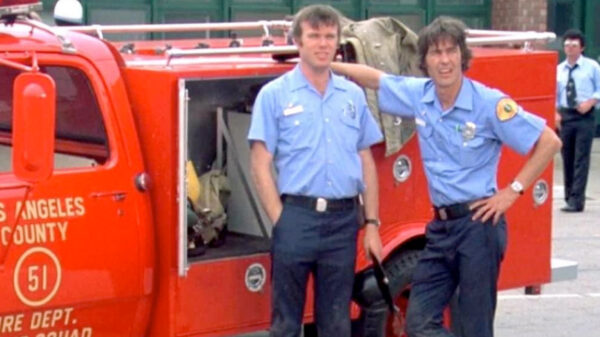
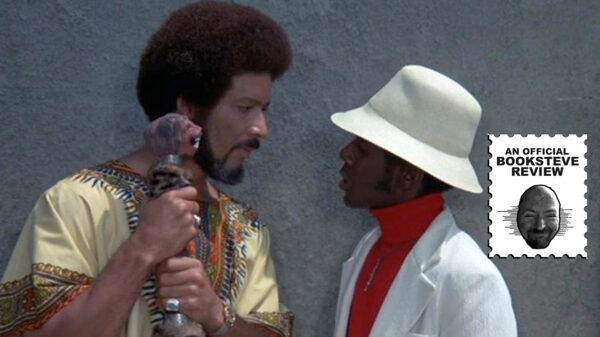
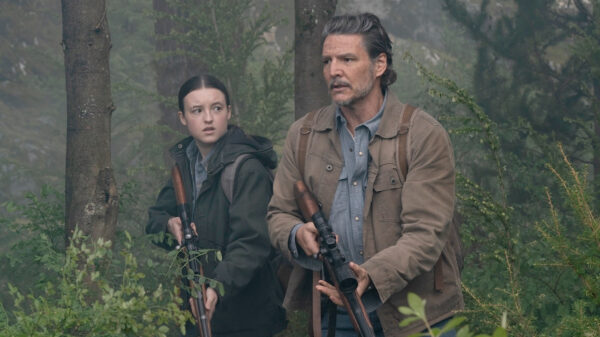




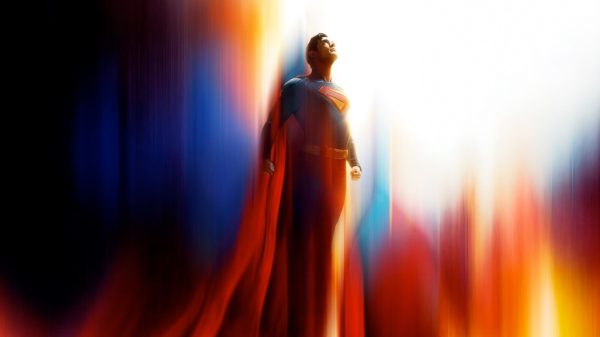
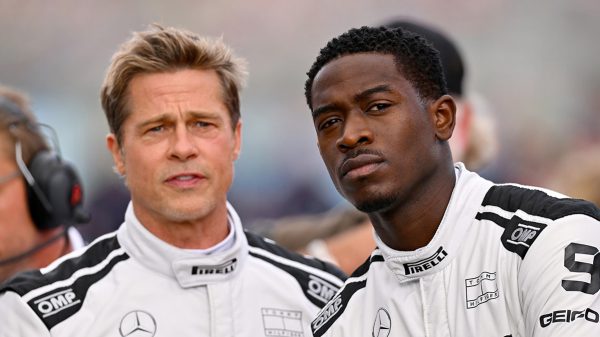
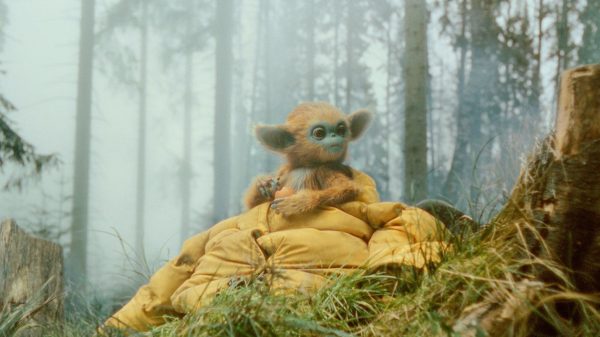



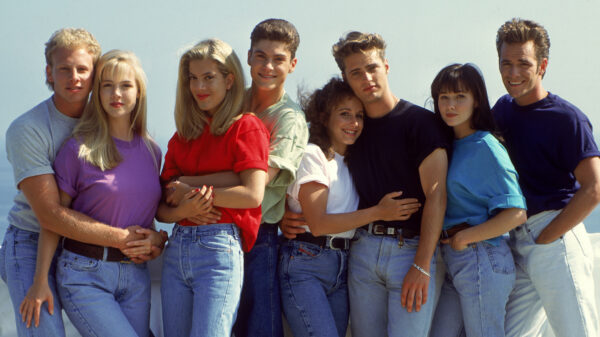
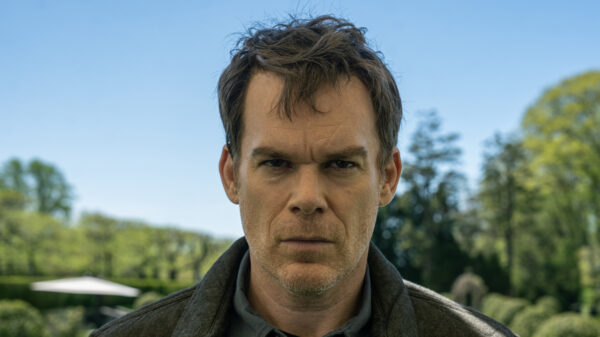
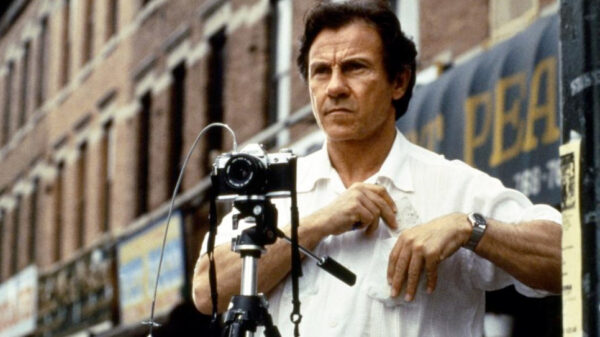
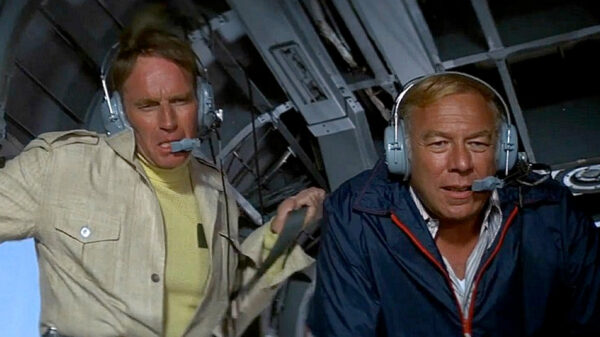
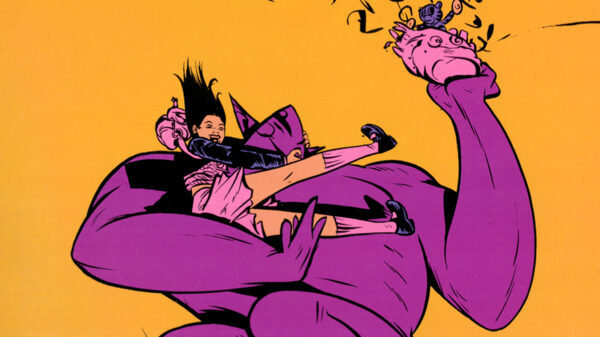
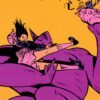
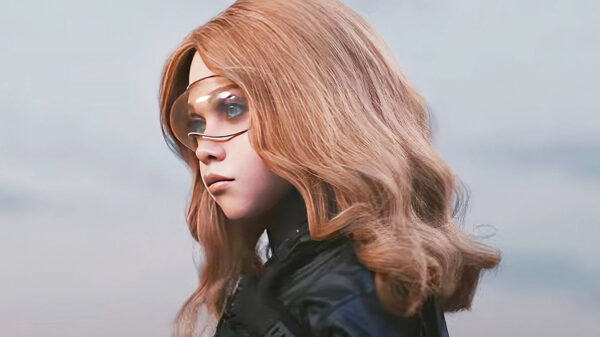
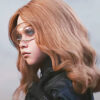
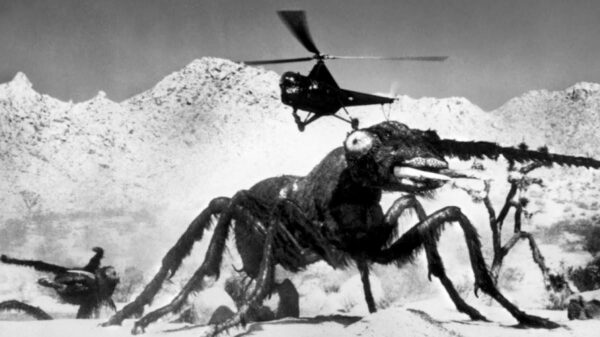

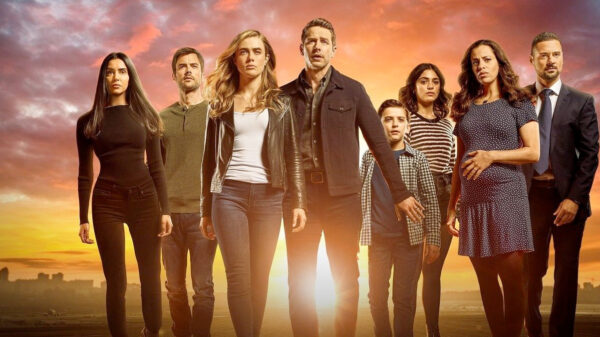

You must be logged in to post a comment Login